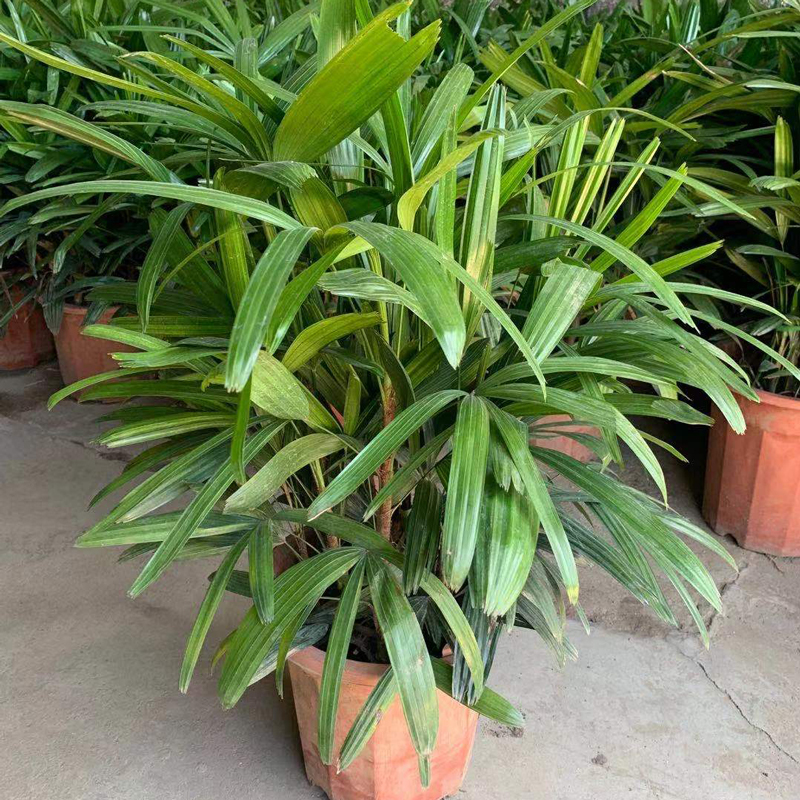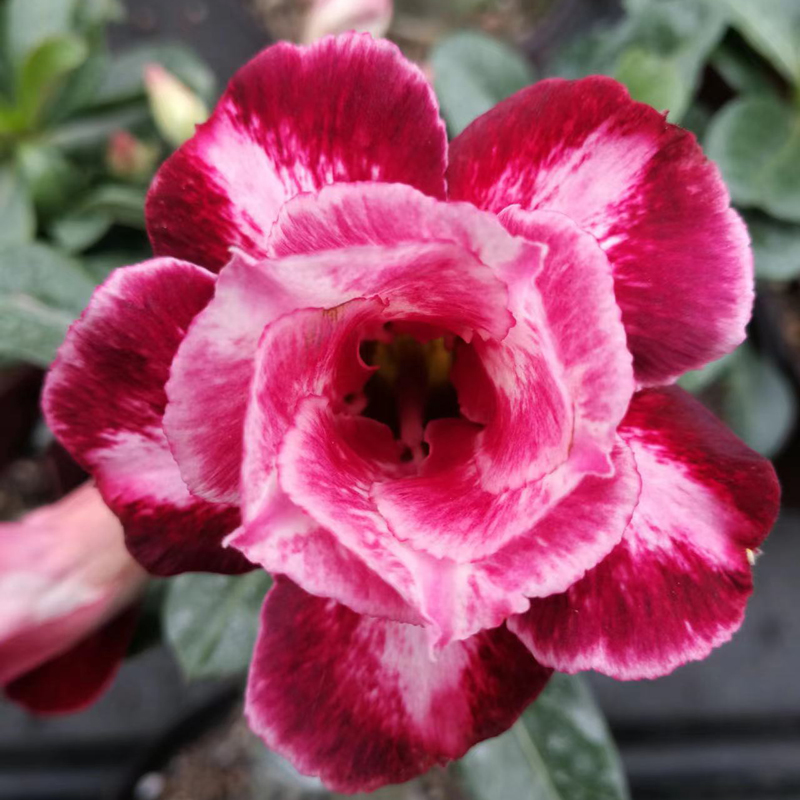
FICUS RELIGIOSA factories
FICUS RELIGIOSA factories
Holy ficuses, or as they are also called, Bodhi-Derev, have played an important role in the culture and religion of many peoples of South Asia for centuries. Their powerful crowns, capable of covering entire villages from the scorching sun, and a calm, meditative atmosphere reigning under their branches inspired poets, philosophers and ordinary people for millennia. But few people think that behind these majestic trees there is a complex, painstaking work - and not only nature, but also people. You can imagine? Factories?, Invisible, but really existing, engaged in the propagation and cultivation of these amazing plants.
Propagation and care of seedlings
The process begins with seeds. Collection of seeds is a whole art. Experts know when and what fruits to choose to get viable seeds. Then follows the process of preparation of the soil, the selection of special nutrient mixtures that provide optimal conditions for germination. Growing seedlings is not only watering and top dressing. This is constant observation, the fight against pests and diseases, competent pruning, the formation of a crown - all this requires experience and knowledge. Imagine huge nurseries, where thousands of small ficuses grow carefully and strongly, preparing for their future life.
Transplant and further growth
When seedlings reach a certain size, they are transplanted into open ground or large containers, depending on the purpose. It is also a complex process that requires caution and knowledge. The roots of the Bodhi-Derev are very sensitive, and the wrong transplant can lead to the death of a young plant. Further care includes regular cutting, protection against strong winds and extreme temperatures. Depending on the climate, additional irrigation or pest protection may be needed.
Preservation and future
It is impossible not to mention the importance of preserving these amazing plants. ? Factories? Ficus Religiosa is not only a place of cultivation, but also the research and preservation centers of genetic diversity. Scientists are working on the removal of new varieties that are more resistant to diseases and adverse conditions. Thanks to their work, we can hope that these sacred trees will delight us with their beauty and mystical power for many years.
AppropriateProducts
Corresponding products
The best soldproducts
The best -selling products-
 View Ground Plants
View Ground Plants -
 Ornamental - a large red flower.
Ornamental - a large red flower. -
 Bonsai-Podokarpus
Bonsai-Podokarpus -
 View plants-gold palm
View plants-gold palm -
 See the Bugenville plants
See the Bugenville plants -
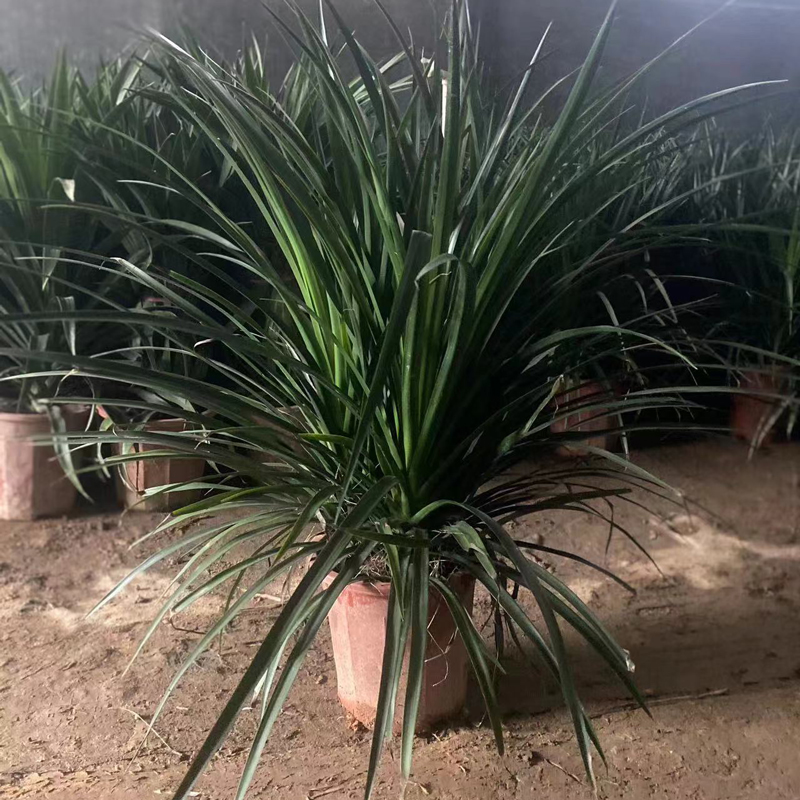 Growing seeds-growing black pearls
Growing seeds-growing black pearls -
 View plant plants
View plant plants -
 View plants-green treasures
View plants-green treasures -
 Ficus volcanic
Ficus volcanic -
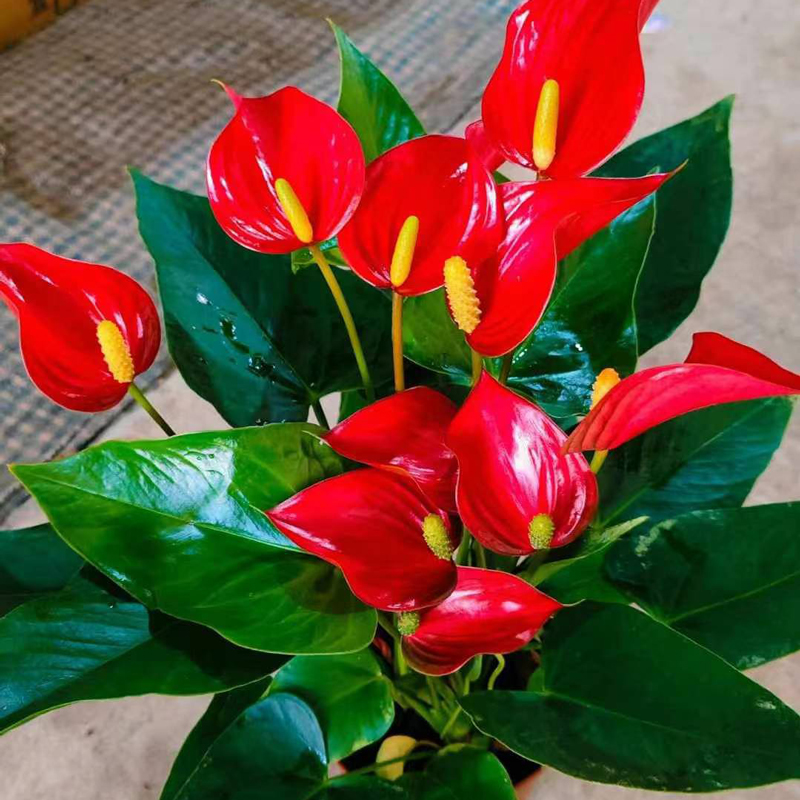 Small anturium pots red
Small anturium pots red -
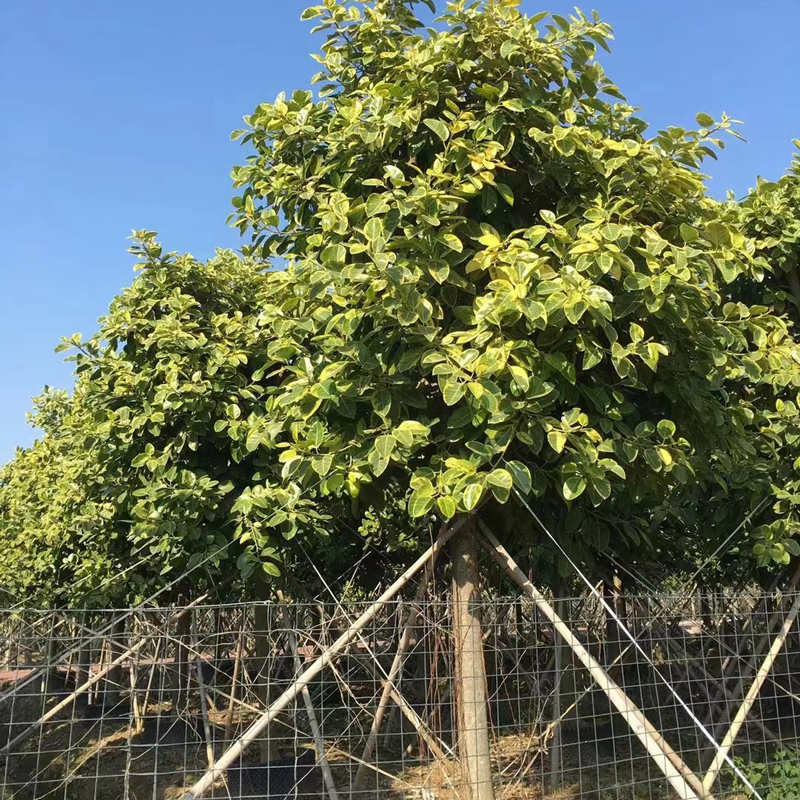 Subtropical plants-Banyan wood
Subtropical plants-Banyan wood -
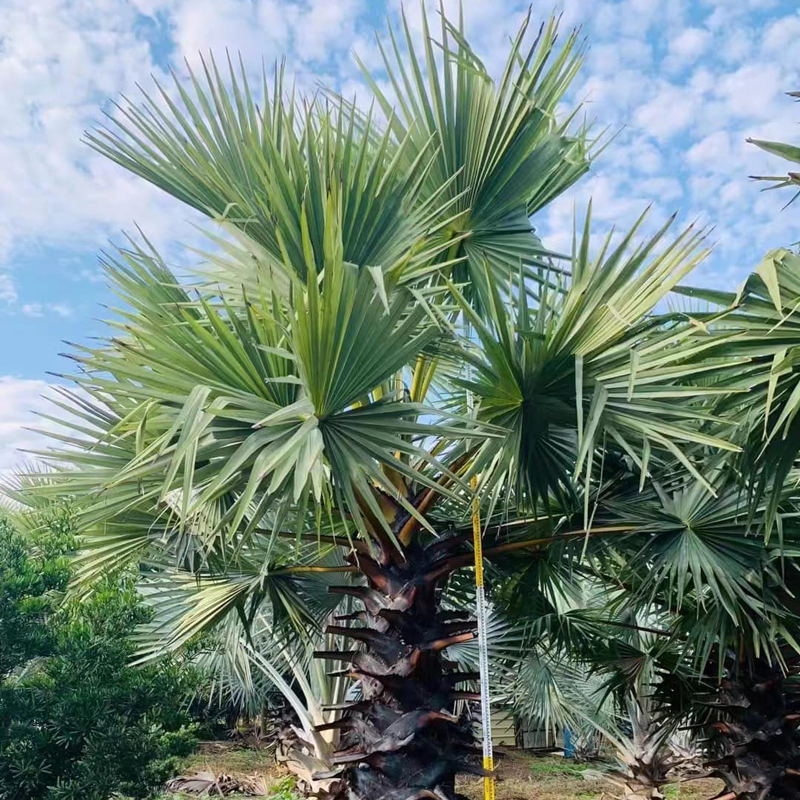 Palm plants-combasses are sluggish
Palm plants-combasses are sluggish
Connectedsearch
Related search- Chinese suppliers Calathea Rosie Roseo Pictta
- Manufacturers buy a variegate fern Nidus Crissy
- Suppliers of the finish jam
- Pepper manufacturer
- Manufacturers Ficus Relygiosa
- China Dragon Bloody Dragon Tree manufacturers
- Suppliers Black vellae Callla Lilia
- Chinese manufacturers of multiple swords
- The cicas is rolled up
- Manufacturer of small pots












